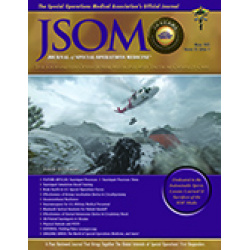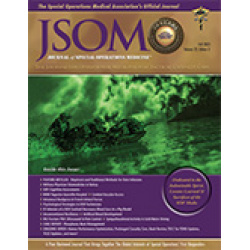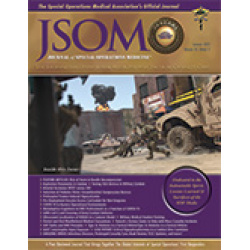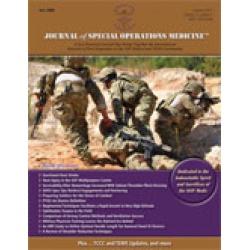Latest Products
Comparison of Airway Control Methods and Ventilation Success With an Automatic Resuscitator
Rodriquez D, Gomaa D, Blakeman T, Petroa M, Dorlac WC, Johannigman J, Branson R 12(2). 65 - 70 (Journal Article)
Mechanical ventilation in an austere environment is difficult owing to logistics, training, and environmental conditions. We evaluated the ability of professional caregivers to provide ventilatory support to a simulated patient using the Simplified Automated Ventilator (SAVe) with a mask hand attended ventilation, mask with single strap unattended ventilation, and supraglottic airway (King LT) ventilation. All three methods were performed using a SAVe with a set tidal volume of 600ml and respiratory rate of 10 breaths per minute. The simulator consisted of a head and upper torso with anatomically correct upper airway structures, trachea, esophagus, and lung which, also measured the delivered tidal volume, respiratory rate, inspiratory flow, and airway pressures. Volunteers used each airway control method to provide ventilation for 10 minutes in random order. Success of each technique was judged as a mean delivered tidal volume of > 500ml. The major finding of this study was that medical professionals using SAVe resuscitator and the manufacturer supplied face mask with single head strap failed to ventilate the airway model in every case.


 Español
Español 





